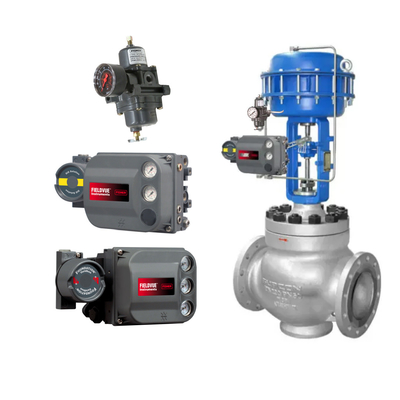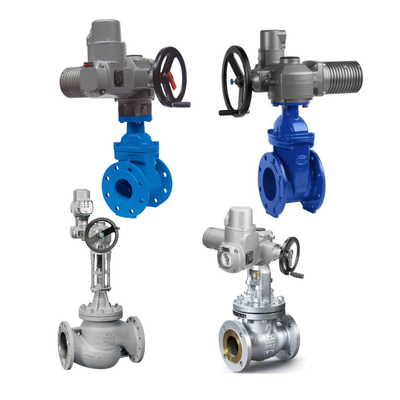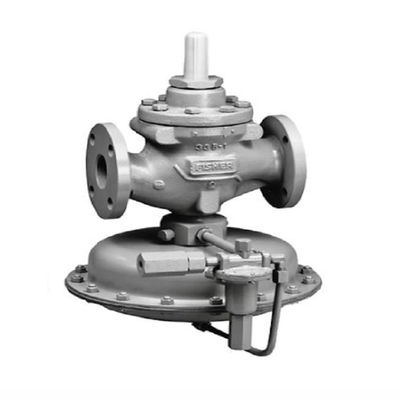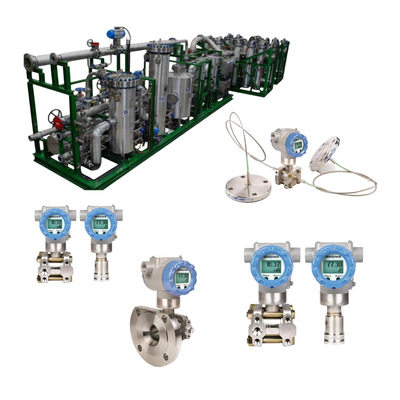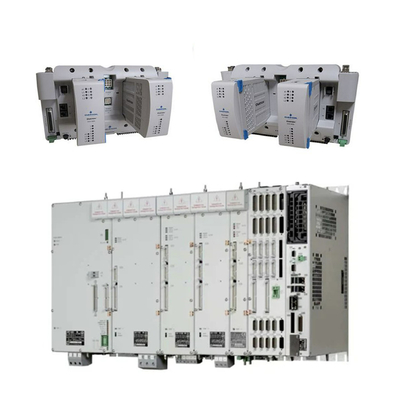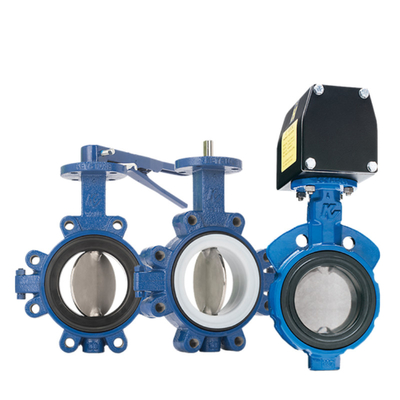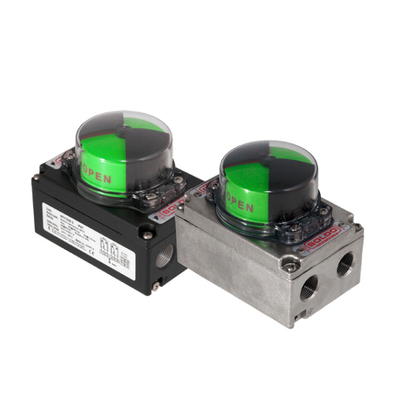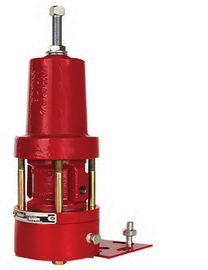The control valve is mainly composed of two parts: the actuator and the valve body (as shown in the figure below). The actuator is the driving device of the control valve, which generates the corresponding thrust according to the size of the input signal pressure, so that the actuator produces the corresponding displacement, thus driving the spool action of the control valve. The valve body is one of the main parts of the regulating valve, which is in direct contact with the medium, and under the impetus of the actuator, the flow rate (temperature or pressure) can be adjusted by changing the throttling area of the regulating valve.

Definition of Control Valve
The International Electrotechnical Commission (IEC) defines a control valve as “an end element in an industrial process control system formed by a power-operated device, which consists of a valve body component with an internal component for changing the fluid flow rate of the process, and which is connected to one or more actuators. The actuators are used to respond to signals sent from the control element."
Classification of control valves
1. Operating pressure class
Control valves are categorized according to the pressure rating of the working medium as follows:
- Vacuum valve: valves with working pressure lower than standard atmospheric pressure.
- Low-pressure valve: valves with nominal pressure PN<1.6Mpa.
- Medium pressure valve: valves with nominal pressure PN2.5~6.4Mpa.
- High-pressure valve: valves with nominal pressure PN10~80Mpa.
- Ultra-high pressure valve: valves with nominal pressure PN>100Mpa.
2. Energy acquisition method
Control valves according to the different ways of energy acquisition, mainly divided into pneumatic control valves, electric control valves, hydraulic control valves three categories. They are valve components + actuator components, the difference lies in the type of actuator with the pneumatic control valve with pneumatic actuators, electric control valves configured with electric actuators, hydraulic control valves are configured with hydraulic actuators.
At present, the pneumatic control valve is still the most used control valve products, but with the rapid changes in electronic technology, configuration of electric actuators electric control valve because of its easy access to energy, is more and more applications and popularization, and there is a trend beyond the pneumatic control valve.
3. the valve action mode
Control valves from the birth of the development of ten categories of products, we usually according to the different ways of action will be ten categories of control valves are divided into straight stroke class valves and angular stroke class valves, specifically categorized as shown in the table below:
| Stroke category |
10 major categories of control valve type |
| Linear motion valve (Valve stem up and down movement) |
1. Single-seat control valve |
| 2. Double-seat control valve |
| 3. Sleeve control valve |
| 4. Angle valve |
| 5. Three way valve |
| 6. Diaphragm valve |
| Rotary motion valve (Valve stem 90 ° rotary movement) |
7. Ball valve |
| 8. Butterfly valve |
| 9. Eccentric rotary valve |
| 10. Multi-function control valve |
4. Operating temperature
Control valves according to the working temperature of the medium (T) is different, mainly divided into the following categories:
- 1, high temperature valve: T > 450 ℃ valve
- 2, medium temperature valve: 120 ℃ ≤ T ≤ 450 ℃ valve
- 3,Normal temperature valve: -40 ℃ ≤ T ≤ 120 ℃ valve
- 4,Low temperature valve: -100 ℃ ≤ T ≤ -40 ℃ valve
- 5,Ultra-low temperature valve: T <-100 ℃ valve
More special control valve products>>
- 1. Low temperature, deep cold media ultra-low temperature control valve: media temperature ≤ -196 ℃;
- 2. ultra-small flow control valve: flow coefficient Kv ≤ 0.001;
- 3. tiny pressure self-operated valve: control pressure 0.0002MPa;
- 4. Anti-seize high temperature butterfly valve for flue gas (acid production) with caliber up to DN3600;
- 5. high-pressure small flow control valve (P4 valve): △ P16 ~ 45Mpa, Kv ≤ 0.08;
- 6. cut-off valve: hard seal leakage rate of 10-7, cut-off differential pressure ≤ PN;
- 7. Emergency action valve: 0.2 seconds adjustable;
- 8. easy to crystallize, easy to plug card media special industrial and mining control valve (sodium media valve)
- 9. corrosion-resistant valve alloy valve: 904L, No. 20 alloy, Hastelloy and other control valves.
- 10. erosion-resistant valve: smelter mine special wear-resistant control valves, coal slurry slurry special wear-resistant erosion, erosion-resistant black water valve, slag discharge valve;
- 11. synthetic ammonia high-pressure control valve, urea high-pressure control valve (P4 valve), melamine control valve.
Keypoint: Pneumatic Control Valve, Electric Control Valve.

 Your message must be between 20-3,000 characters!
Your message must be between 20-3,000 characters! Please check your E-mail!
Please check your E-mail!  Your message must be between 20-3,000 characters!
Your message must be between 20-3,000 characters! Please check your E-mail!
Please check your E-mail! 
